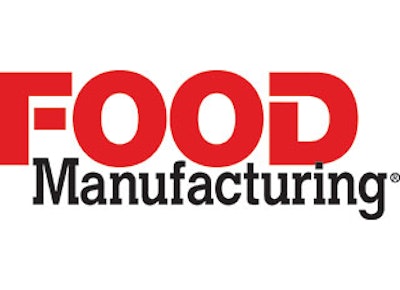
Today’s manufacturing environments include a complex blend of legacy and modern systems. Modern manufacturing processes and lines are faster and more connected than ever before. Where employees once played a critical role at every step of the process, today, many of those processes are automated. Today, manufacturers face new challenges in finding ways to encourage greater efficiency, productivity and employee satisfaction from employees and partners throughout the enterprise.
The tight integration of technology and production systems has given rise to a new way of working. Employees with access to business and production systems can deliver greater productivity and value to the manufacturer throughout the day. The accelerated adoption of mobile devices such as tablets and smartphones in the consumer world has been a catalyst for change in the manufacturing industry. According to Manufacturing Executive, 63 percent of manufacturing companies permit their employees to bring their own devices to work.1
And while manufacturers are recognizing benefits by providing employees with flexibility to access manufacturing and business systems locally or remotely over employee-owned devices, only 17 percent of manufacturing enterprises have a formal bring- your-own-device (BYOD) strategy with clear goals and objectives. A clear strategy for enabling and harnessing the power of these devices in the workplace can yield tangible benefits to manufacturers, both on the plant floor and in the carpeted office.
As most organizations have discovered, BYOD has ushered in a new age of mobility that can direct efficiency across the business. A BYOD strategy that enables mobile access to processes and information can enable the business to give employees a choice of corporate or self-owned devices. This freedom of choice can be used to increase operational effectiveness, rapid innovation, and workforce productivity throughout the entire manufacturing value chain. Whether enabling work to be done on an employee’s personal device, enabling the sharing of plant floor and enterprise applications with external partners, enhancing the availability of corporate learning and safety and security resources, or empowering subject matter experts (SMEs) to service equipment and review designs wherever they may be physically located, employees and senior management want this kind of flexibility today.



















